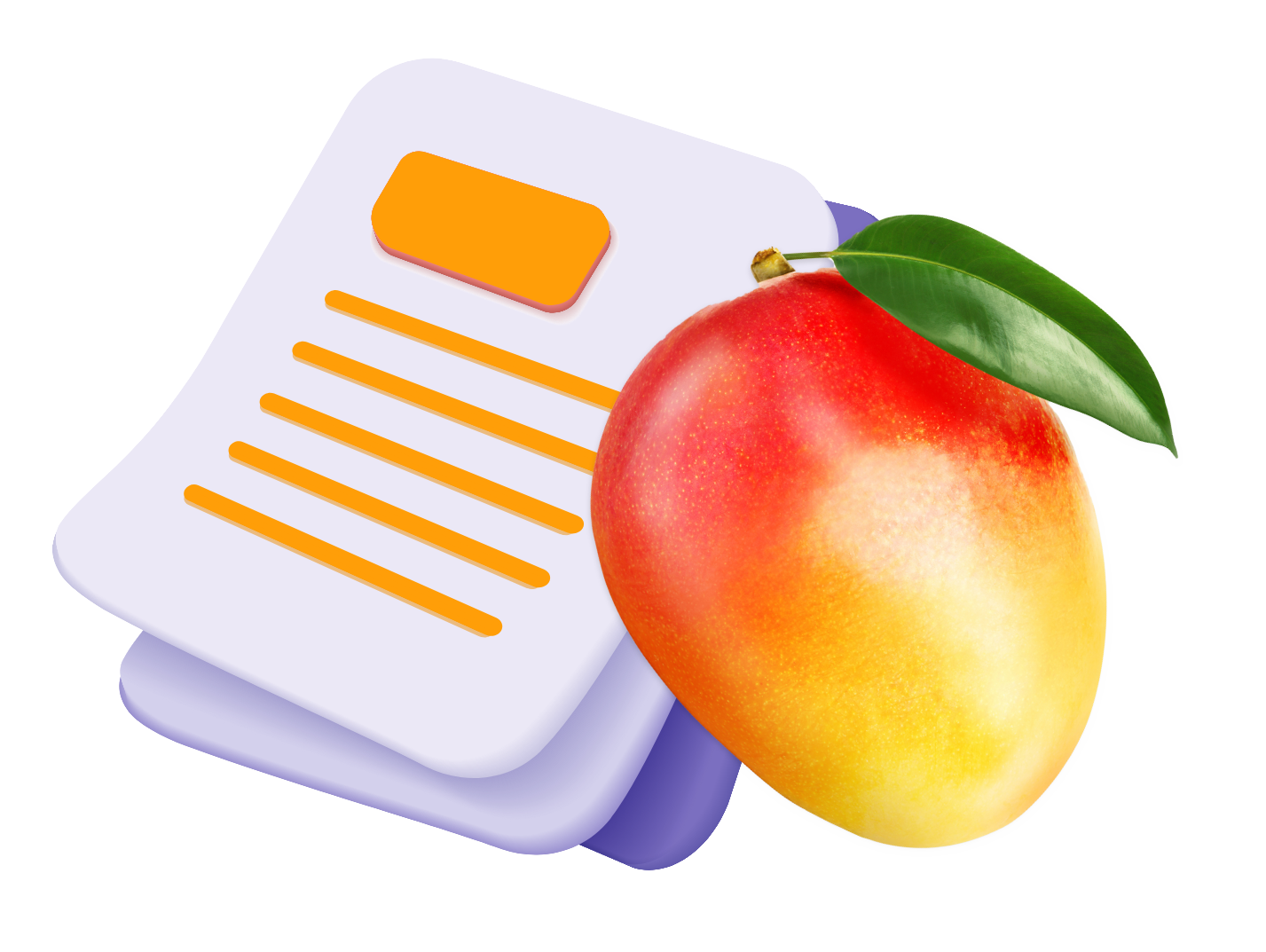Mango
Research
Find the latest research on mangos from the National Mango Board itself and other institutions, covering topics relevant to retail, foodservice, nutrition and general industry professionals. Learn from studies analyzing consumer attitudes, methods for thermal protection and ripening, and a variety of other resources from our growing Research Library.



Filter
Nutrition & Health
Short-Term Cardiometabolic Response to Mango Intake in Postmenopausal Women
Date Published: 06/25/2025
Nutrition & Health
Mango Consumption Is Associated with Increased Insulin Sensitivity in Participants with Overweight/Obesity and Chronic Low-Grade Inflammation
Date Published: 06/25/2025
Nutrition & Health
Mango Consumption Was Associated with Higher Nutrient Intake and Diet Quality in Women of Childbearing Age and Older Adults
Date Published: 06/25/2025
Nutrition & Health
Effects of fresh mango consumption on cardiometabolic risk factors in overweight and obese adults
Date Published: 06/25/2025
Nutrition & Health
Mango Consumption Is Associated with Improved Nutrient Intakes, Diet Quality, and Weight-Related Health Outcomes
Date Published: 06/25/2025
Nutrition & Health
Polyphenol-rich Mango (Mangifera indica L.) Ameliorate Functional Constipation Symptoms in Humans beyond Equivalent Amount of Fiber
Date Published: 06/25/2025
Nutrition & Health
Study Finds Daily Mango May Help Support Blood Sugar Control
Date Published: 05/22/2025
Consumer/Retail, Research Fact Sheets
2024 Annual Report
Date Published: 05/20/2025
Institution: National Mango Board
Research/Author: National Mango Board
Consumer/Retail, Research Fact Sheets
2020 Annual Report
Date Published: 05/20/2025
Institution: National Mango Board
Research/Author: National Mango Board